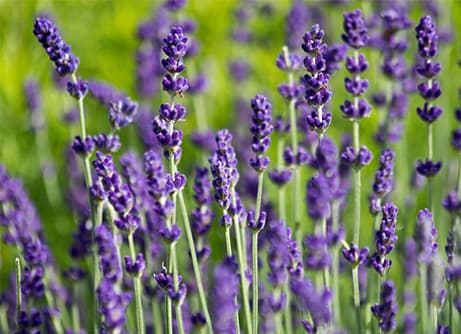
This rare and captivating cultivar breaks new ground in the world of Agapanthus with its unique coloration. 'Blush Pink' showcases elegant umbels of trumpet-shaped flowers that blend white centres with delicate pink-flushed edges, creating a soft, blushing effect that sets it apart from traditional blue and white varieties. The plant's semi-evergreen, strap-like foliage provides long season texture and interest, forming an attractive base for the late summer floral display. Drought-tolerant once established, this versatile perennial excels in containers or along the edges of well-draining borders. Its distinctive bloom colour, combined with the classic agapanthus form, makes this southern African native an eye-catching choice for gardeners seeking to add a touch of novelty to their summer gardens.
How to care for Agapanthus Blush Pink (PBR):
Depending on the location of planting in the UK, African lilies can be semi-evergreen and hold onto their leaves in milder winters, though will typically lose them in colder regions or spells of weather. However, wrapping in a double layer of horticultural fleece and mulching around the base can safeguard the roots. Keep well-watered during the growing season, applying a balanced liquid fertiliser each month from spring until the plant flowers. Towards the end of September ease back on the watering and feeding of plants in containers to allow the foliage to toughen up. Grow plants in rich fertile, well drained soil, in a sunny position. When growing Agapanthus in patio containers use a soil based compost, such as John Innes No.3.
Flowering period:
- Jan
- Feb
- Mar
- Apr
- May
- Jun
- Jul
- Aug
- Sep
- Oct
- Nov
- Dec
Eventual height:
0.8m
Eventual spread:
0.5m
Position:
Full sun
Rate of growth:
Average
Soil:
Moderately fertile, moist, well-drained soil
Hardiness:
Borderline hardy (will need protection in winter in colder areas)
-
This perennial is semi-evergreen so it can lose some of its leaves in winter. In colder regions or more exposed gardens, it may lose them all, but then fresh new growth appears again in spring.
-
Humans/Pets: Harmful if eaten









